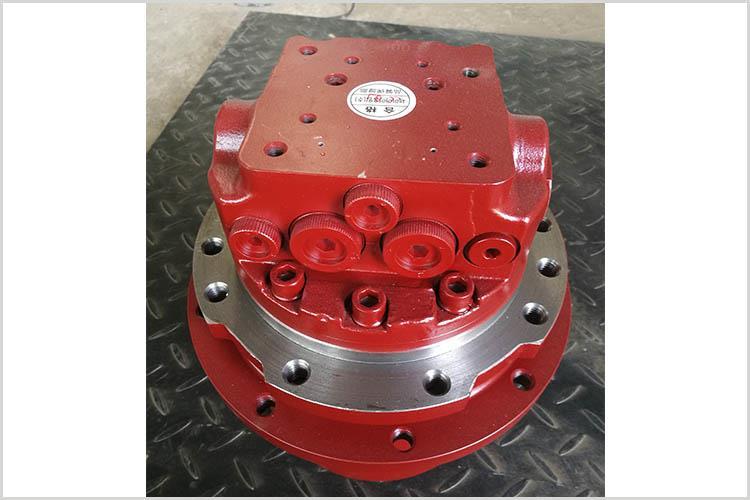What are the differences between hydraulic motors and pumps?
The differences between hydraulic motors and pumps are as follows:
(1) Hydraulic pump is a device that converts mechanical energy of motor into hydraulic energy, and outputs flow and pressure, hoping for high volume efficiency;
Hydraulic motor is a device that converts the pressure energy of liquid into mechanical energy, and outputs torque and speed, hoping for high mechanical efficiency.
Therefore, the hydraulic pump is an energy device, and the hydraulic motor is an executive component.

The output shaft of hydraulic motor needs to be able to turn forward and backward, so its structure is symmetrical.
Some hydraulic pumps (such as gear pumps, vane pumps, etc.) have clear steering rules, which can only rotate in one direction, and can not change the direction of rotation at will.
(3) In addition to the inlet and outlet of the hydraulic motor, there are separate oil leakage outlets;
Hydraulic pumps generally have only inlet and outlet (except axial plunger pumps), and the leakage of oil in them is connected with the inlet.

The volume efficiency of hydraulic motor is lower than that of hydraulic pump.
Usually the working speed of hydraulic pump is higher, but the output speed of hydraulic motor is lower.

In addition, the suction port of gear pump is large and the discharge port is small, while the suction and discharge port of gear hydraulic motor are the same size, and the number of teeth of gear motor is more than that of gear pump.
The blade of vane pump should be installed obliquely, while the blade of vane motor should be installed radially. The blade of vane motor is pressed on the stator surface by the swallow spring at the root, while the blade of vane pump is pressed on the stator surface by the pressure oil and centrifugal force at the root.

